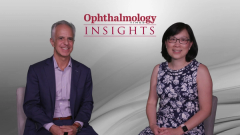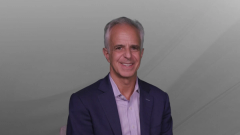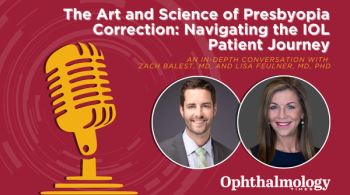
Considerations for the Future of Biosimilars in the Treatment of Retinal Disorders
Carl D. Regillo, MD, and Jennifer I. Lim, MD, emphasize the high regulatory standards of equivalence and safety of biosimilars in considering the role they will play in the evolving treatment landscape for retinal disorders.
Episodes in this series

Carl D. Regillo, MD: [What are your] take-home messages for patients and providers?
Jennifer I. Lim, MD: For biosimilars, the regulatory process is significantly stringent enough for me to have the confidence that this biosimilar is equivalent to the reference drug. My take-home message to physicians is that the data are strong, the data are there and are reasonable. This is a biosimilar drug equivalent to the reference product.
Carl D. Regillo, MD: I’ll echo that and say understanding the process helps in our confidence that we have a good product that we can use safely for our patients. The same goes for patients. You said at 1 point that sometimes generic is a dirty word. Who knows? Biosimilar may [also be thought of as] dirty, but it shouldn’t because the FDA is there. This process is not new. As you said, in medicine, biosimilars have been around for quite some time, and there’s a good mechanism in place to prove and for proper surveillance of the products in practice.
Jennifer I. Lim, MD: Exactly. We must remember the nocebo effect. You must have that positive framing—not just from us but from our entire staff—so patients get the right message.
Carl D. Regillo, MD: Excellent.
Transcript edited for clarity
Newsletter
Don’t miss out—get Ophthalmology Times updates on the latest clinical advancements and expert interviews, straight to your inbox.








